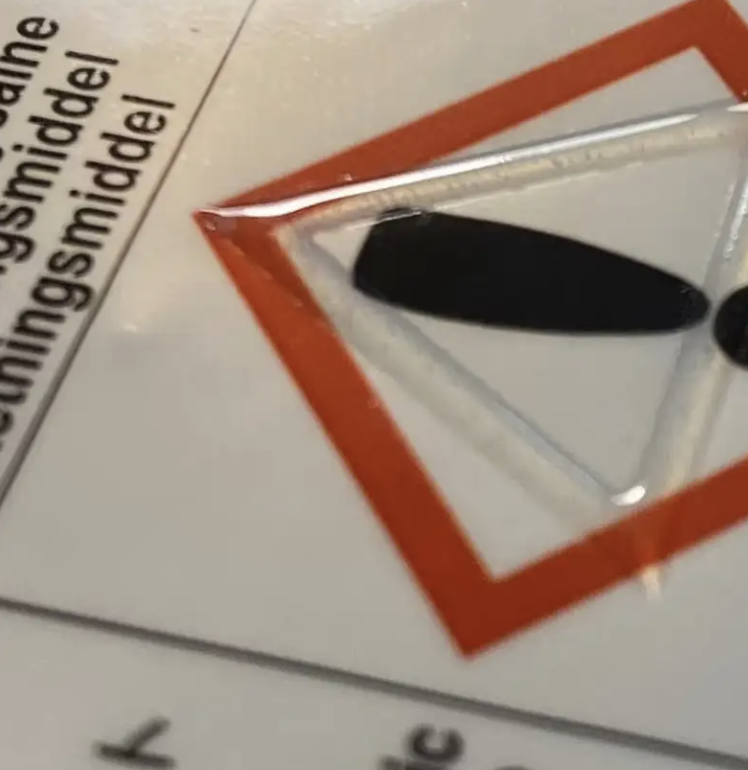How to Quickly Identify the Printing Method of a Printed Product
Differentiating between various printing methods like rotogravure, letterpress, offset, digital, gravure, and screen printing is crucial for understanding the nuances of a printed product. Here's a quick guide to help you identify these printing techniques:
Rotogravure Printing
Distinguishing Feature - Rotogravure printing is characterized by noticeable serrations along the edges of lines and text.
Screen Printing
Tactile Identification- Screen-printed images exhibit a distinct raised texture upon touch.
A Guide to Rotogravure, Letterpress, Offset, Digital, Gravure, and Screen Printing
Letterpress and Flexographic Printing
Double-Outline Effect: Lines and text edges in letterpress and flexographic printing display a double-outline appearance.
Offset and Digital Printing
Fine Detail and Accurate Registration: In the absence of the aforementioned characteristics, offset and digital printing produce high-quality prints with smooth color transitions, accurate color reproduction, and precise registration.

Rotogravure Printing
Example:
Examine a mineral water label in detail. If you observe jagged edges on lines and text, it's likely rotogravure printing.

Letterpress and Flexographic Printing
Double-Outline Technique:
Focus on the text within the red box. Observe if the text edges have a surrounding white border with additional lines seemingly enclosing it. This phenomenon, known as the "double-outline effect," is a prominent feature of letterpress and flexographic printing.
Offset and Digital Printing
Magnification and Experience:
While magnification aids in clearer identification, experienced individuals can often discern these methods with the naked eye. Digital printing is typically associated with variable data, personalization, and short-run printing, such as personalized calendars or photo albums. Offset printing, on the other hand, is widely used for books, magazines, and newspapers, and remains the dominant method despite the digital revolution.

